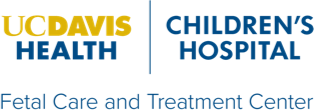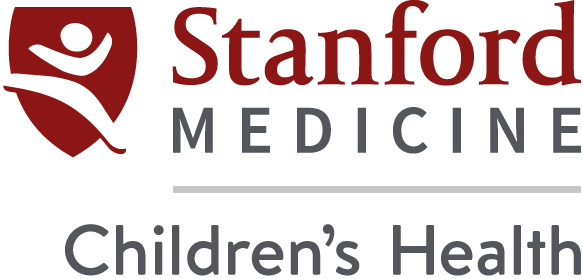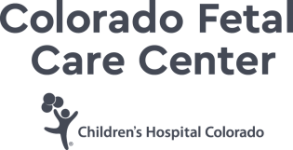When a fetal syndrome diagnosis feels like the end, we offer support & hope.
New: This is FNAIT Awareness Week! Learn more about this rare condition, the inspiring mothers who have endured it, and exciting new research!

Advancing Fetal Care
The Fetal Health Foundation now includes the Fetal Therapy Think Tank, bringing the expertise of 100’s of fetal therapy and medical industry experts to create a bright future for more young families through fetal medicine.
As a parent-founded non-profit, we are grateful for the support of our Stewardship Circle member institutions.
DONATE NOW
Your contribution gives hope to families with fetal syndromes.
A Journey of Hope: Overcoming Congenital Diaphragmatic Hernia (CDH)
A family’s journey through the challenges of CDH led them to life-saving care at Children’s Hospital of Philadelphia, where their son received expert treatment and a second chance at life.
Do you or your loved one qualify for a study evaluating an investigational medication for FNAIT?
The FREESIA-3 research study is investigating a new treatment for FNAIT, a rare condition that affects a baby’s platelet count during pregnancy. Pregnant women at risk may qualify for free study medication, care, and health evaluations for mother and baby. Learn more about this opportunity today!
Briana Gray’s FNAIT Story of Triumph and Advocacy
Briana Gray’s journey to motherhood is marked with love, loss, and healing. After losing her son Elijah to FNAIT, she found strength through supportive care and determination. Now raising her sons Callum and Noah, Briana honors Elijah’s memory while embracing the joys of motherhood.


















